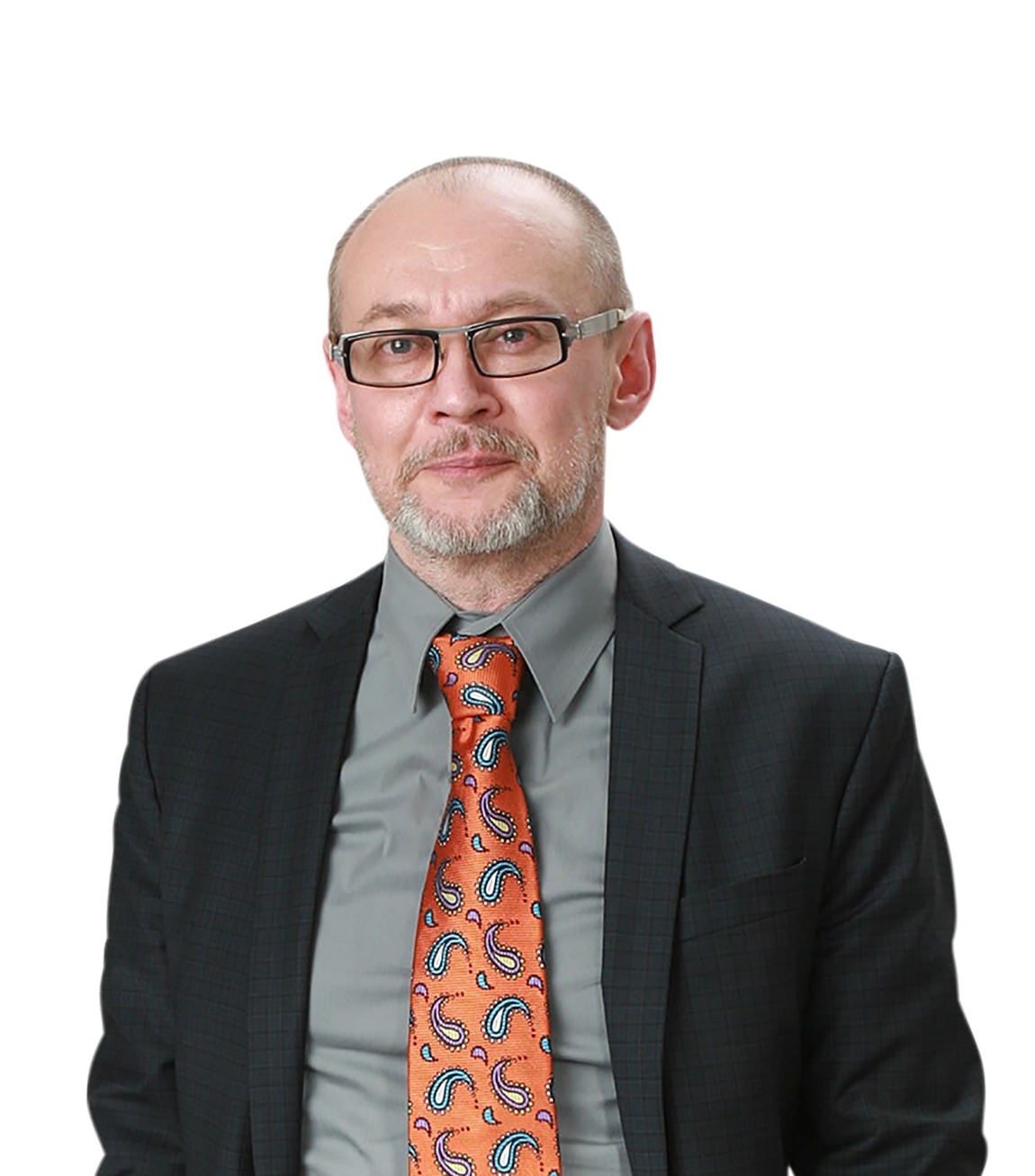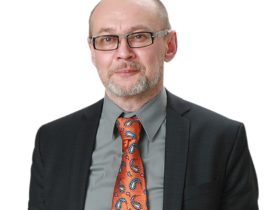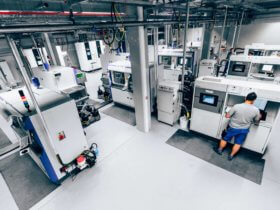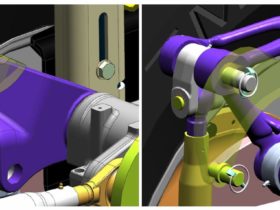The days of the traditional machine tool are not numbered
The whole world is talking about 3D printing, additive manufacturing and generative multi-layer construction technologies. Nevertheless, this is a long way from meaning that the classical machine tool is going to be pensioned off. The EMO Hannover 2017 will be showcasing an international banquet of production technology – with alternative processes as the highly auspicious icing on the cake.
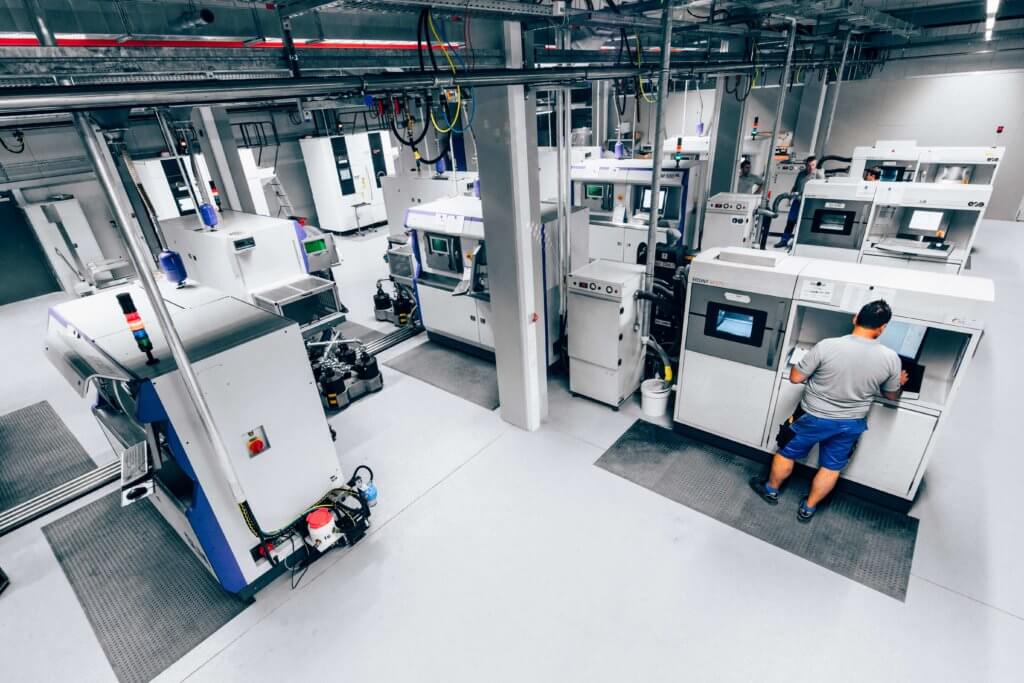
Carl Fruth has meanwhile long since achieved his goal of “transferring competences in the field of multi-layer technologies into product manufacturing”: moreover, within the framework of a Technology Day featuring an in-house exhibition held in April 2017, FIT AG (Fruth Innovative Technologies) in the Upper Palatinate village of Lupburg, in addition to inaugurating a new office building also opened the “first additive factory”. The “FIT factory is even on an international comparison unique in terms of manufacturing capacity and automation technology, and is intended to serve as a template for further additive manufacturing facilities of the FIT Group,” to quote the firm’s founding father and Managing Board Chairman Carl Fruth. He is a pioneer of additive manufacturing – and a visionary for whom ten years ago it was already a certainty that multi-layer construction technology would in future be the norm in everyday production operations and the sales of milling machines or injection moulding machines would inexorably decline.
But that is still a long way from meaning that the days of the “mother of all machines (i.e. the traditional machine tool) are numbered. This is impressively confirmed by the innovations that will be showcased by the exhibitors at the EMO Hannover 2017. One of the impediments to the widespread adoption of additive technology in individualised mass production was described several years go by Carl Fruth himself as the “lack of production-suited manufacturing lines”. This has changed in the meantime. Carl Fruth puts it like this: “There are a large number of delicate seedlings: many of our customers would like to use additive technologies to manufacture replacements for existing components. But this is possible only in a very few cases. Usually, a new component has to be developed and very often the adjoining components of the system as well. Firstly, many companies are deterred by the outlay involved, and secondly, of course, you need specialised development competence for this new production technology.”
The country needs new designer engineers
When traditional design guidelines no longer apply, a new generation of design engineers is needed, keen to embrace function-driven thinking. According to Carl Fruth, additive manufacturing means “that in the design phase not only the geometry, but also the material properties and the component costs are essentially specified in full. This complexity necessitates specialised training and experience. Moreover, up to now there is no software tool in existence that provides all the requisite functions. So firms have to work with different, complex software tools. Very often, information is lost in transitioning from one tool to another. When you need up to eight iterations for developing a component, the substantial outlay involved is obvious.”
˝The competences required, moreover, are possessed not by a single design engineer, but only by a team. In traditional companies, furthermore, the competences concerned are divided up among different departments – a situation exacerbated by squabbles about prerogatives and uncertainty. Innovative companies, however, also see this as an opportunity: “We support our customers in this process, and train them component by component to achieve maximised performance in AM design. That’s why we also call these products ADM – Additive Design and Manufacturing”.
When the talk turns to “additive manufacturing in an automated process chain” (something he used to refer to as the “Achilles’ heel!), Carl Fruth becomes veritably effusive: “This is my own particular hobbyhorse. We don’t have a digital specification of our products. This is why Industry 4.0 hasn’t taken off, and also why automation isn’t working properly either. When everything has to be automated and optimised by hand, then the traditional forms of mass production are – old hat!” Whether there’s a robot standing at the production line or a human employee turning the product, there are no fundamentally new approaches involved: “For as long as a drawing and thick ring binders of text are required for specifying a product, Industry 4.0 is never going to get off the ground. In this context, it’s immaterial whether there’s a PDF file for the specification involved – we’re talking here about machine-readable specifications and their fully automated implementation.” Some former weak points, by contrast, he adds, like the reproducibility of the processes, quality assurance in mass production, or dependable simulation methods, have been almost eliminated: “Everyone involved has understood the problem, and is working purposefully to solve it.”
More technologies are sharing the market
The inevitable question of whether the conventional machine tool will soon be out of a job receives a differentiated answer from the AM expert: “Components are manufactured in a process chain. That’s true today and will still be true tomorrow. Additively manufactured components, as is the case with other production technologies, too, require quality-testing: it’s immaterial in this context whether this means each individual component or every 50th one of identical components. So I don’t think existing technologies are going to be replaced.” CNC-driven processes, he adds, are all very flexible in use, and all have a market of their own. The question is rather: “What share can each technology have of the cake as a whole?” The slice for the various additive production technologies is currently so small that it can only increase. Carl Fruth, however, also believes “that the cake as a whole for CNC processes is becoming larger, at the expense of tool-linked production technologies and other highly personnel-intensive processes. We’re looking here at a combination of different CNC technologies.”
At the upcoming EMO Hannover 2017, Carl Fruth expects “to find the very latest CNC-based production technologies, plus innovative potential products in this category. A large number of equipment manufacturers for additive processes and material producers will be exhibiting at the EMO Hannover. For us as users of this equipment, this adds a special interest to the fair.”
Harmonised software solutions for additive manufacturing
A “new solution for additive manufacturing” has recently been premiered by Siemens PLM Software, the Business Unit for Product Lifecycle Management (PLM), Cologne, an. It consists of an integrated software package for design, simulation, digital manufacturing, plus data and process management. This enables a “generative design to be created automatically, on the basis of new functions for optimised topologies”. This frequently results in organic shapes that a design engineer would be highly unlikely to think of himself, and that would be very complicated or even impossible to manufacture using conventional production methods. Possible user target groups include the automotive industry, the aviation sector or medical technology.
The “revolutionary solution” and its possible applications are explained by Peter Scheller, Marketing Director at Siemens PLM Software: “What’s special about it is that this is a consistently harmonised platform. On the basis of our Convergent Modelling technology, we incorporate within our NX software for integrated CAD all the relevant product development steps for 3D printing, from scanning to the actual printing. In the field of 3D printing, there are already a whole lot of individual solutions in various niches, either from printer manufacturers or other vendors. The important step we’re now taking is the integration of all process steps into a platform with a central user interface, on which both the geometry and the print path generation are stored in a secure data format.”
In addition, within the framework of this strategy, Siemens PLM Software has unveiled plans for a new online collaboration platform providing an option for worldwide cooperation in the manufacturing sector. The declared aim is to render “on-demand product designs” and 3D printing production operations more easily accessible to a global manufacturing industry. In mass production environments,” says Peter Scheller, “3D printing has not yet arrived completely: it originated in prototyping, and so far has been predominantly used for this purpose. But we’re approaching a threshold here: the process is emerging from this niche; many companies are currently thinking about using it for mass production or have already introduced it for this purpose.” When you think about an additive production process on an industrial scale, “from our point of view a process-reliable data format is extremely important, as a basis for enabling components to be dependably manufactured again and again in the same quality. So far there hadn’t been a platform of this kind, which is why we’re now providing one for our customers.” For industrial production operations, in particular, it is very important to have an exhaustive description of your components on file in digital form. This is essential for accessing this digital twin in the event of queries or cases of damage and investigating the relevant causes.
Peter Scheller sums up his expectations for the EMO Hannover 2017 as follows: “Siemens will continue to invest in innovations, and to work together with technology partners in order to develop new solutions designed to progress the efficacy of additive manufacturing and drive 3D printing forward still further. That’s why we’re looking forward to fruitful meetings at the EMO Hannover 2017 and plenty of mutual feedback with customers and associates. The fair is a superlative platform for learning more about current challenges and customers’ wishes.”


